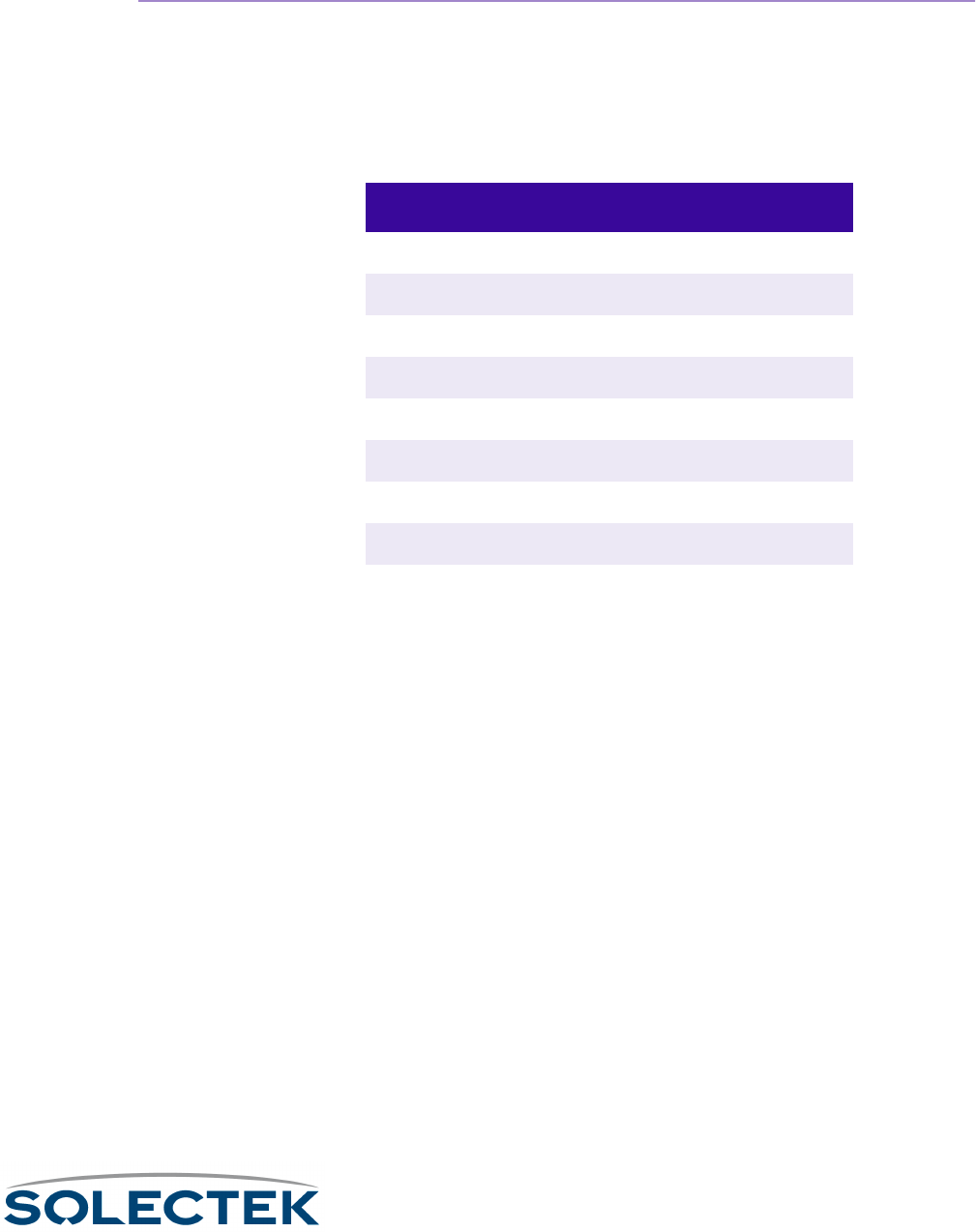User's Guide
Table Of Contents
- SkyWay Wireless Bridge/Router
- Preface
- Table of Contents
- Chapter 1: Introducing Skyway
- Chapter 2: Getting to Know the SkyWay Bridge/Router
- Chapter 3: Preparing for Installation
- Chapter 4: Installing Skyway
- Chapter 5: Configuring and Managing SkyWay
- Configuring SkyWay
- Setting System Configuration Parameters
- Understanding RF-DLC
- Configuring the Ports
- Bridging
- IP Routing
- Internet Control Message Protocol
- SNMP
- Diagnostics
- File Transfer Utilities
- Security
- Chapter 6: Monitoring SkyWay
- Chapter 7: Troubleshooting Skyway
- Appendix A: Run-time Menu Tree
- Appendix B: BIOS Menu Tree Summary Table
- Appendix C: Interface Specifications and Pinouts
- Appendix D: Detailed Product Specifications
- Appendix E: Supported Protocols
- Appendix F: Error Codes
- Appendix G: SNMP Trap Messages
- Appendix H: Installation Recording Form
- Appendix I: Sources of SNMP Management Software
- Appendix J: Glossary and Basic Concepts
- Appendix K: Skyway Antennas
- Warning:
- Notes:
- 7002301: 6 dBi Omni Directional Antenna
- 7002401: 11 dBi Omni Directional Antenna
- 7002501: 16 dBi Outdoor Flat Panel Directional Antenna
- 7002601: 17 dBi Outdoor Flat Panel Directional Antenna
- 7002701: 22 dBi Outdoor High gain Flat Panel Directional Antenna
- 7002801: 8 dBi Indoor/Outdoor Patch Antenna
- 7002901: 12 dBi 110 Outdoor Sectorial Antenna
- Index

Accessing the SkyWay Bridge/Router
23
3. Set the terminal to 8-bits, No Parity, 1 Stop Bit.
4. Dial the modem attached to the SkyWay.
Example AT
Commands
You may need to write a command line to configure your modem for use with the
SkyWay. The example command line below is listed for your convenience and is not
configured through a screen on the SkyWay. The following is an example of the AT
command settings for a USRobotics V.Everything modem attached to the SkyWay.
The AT command line reads: ATQ1&A0&B1&D0&F0&H0&R1S0=1&W
The above command line disables any flow control, fixes the speed of the serial port,
and disables any response codes back to the SkyWay unit. Make adjustments or addi-
tions to these settings based on your local configuration.
These change the default configuration; however, the modem should then boot from
the NVRAM settings.
Configuring the Serial Port and Serial Transceiver
Go to the 1.2.1.1 Serial Port Configuration, or 1.2.1.2 Serial Transceiver Configuration
screen.
Where…
Where…Where…
Where… Means…
Means…Means…
Means…
Q1 Suppress result codes
&A0 Don’t display ARQ result codes
&B1 Fixed DTE speed
&D0 Ignore DTR
&F0 Load no flow control template settings
&H0 Disable transmit data flow control
&R1 Ignore RTS
S0=1 Answer on first ring
&W Write to NVRAM










